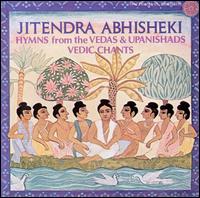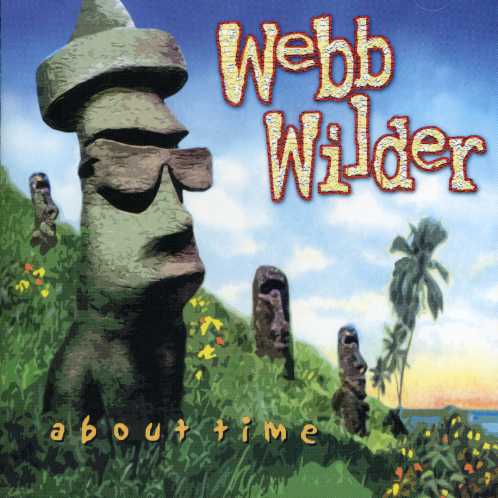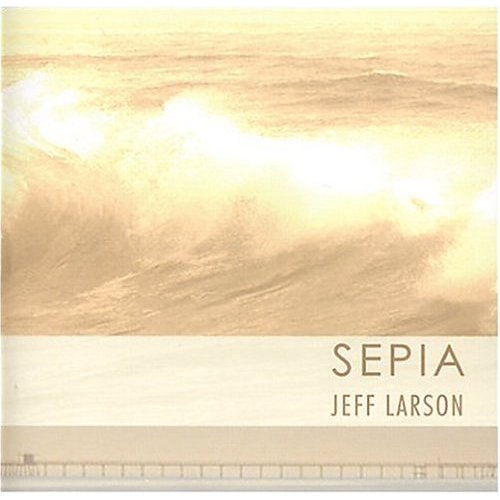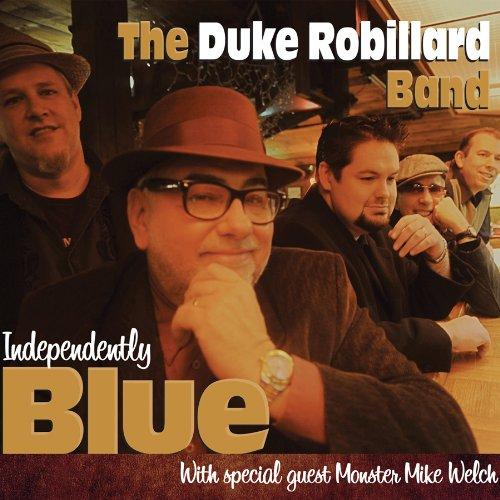
Rowlinson, Derek a.
product information
description
8The value of Ireland's Welcome to the Stranger cannot be overstated. It presents a vivid picture of Irish society on the eve of the Great Famine, exquisitely painted in words by an outsider with a most adept hand. In it we find a remarkable view of Irish life in the 1840s, from the landed gentry down to the poorest peasant, the particular object of the author's visit. The account is all the more valuable and realistic because Mrs Nicholson eschewed staying at the best of hotels and travelling in fine carriages, but more often than not spent her nights in common lodging-houses, or even in the cabins of the poor, and made a great deal of her journey around the country on foot, with an ever-changing cast of peasants for company. On her travels she saw life as it really was for the ordinary folk, witnessed their habits, idiosyncrasies, customs and traditions, from faction fights to funeral laments, and imbibed their mode of speech. In terms of getting a sense of Ireland's social past, her writing is the closest to time travel that could be hoped for. Asenath Nicholson, a native of Vermont, had for some years run a boarding-house in New York and, in that city, she had become all too familiar with the plight of the poor immigrant Irish. Her first journey to Ireland was inspired by a desire to see for herself the conditions that were causing such a mass exodus. She was teetotal, vegan, anti-slavery and feminist in outlook, but above all an extremely pious woman, who toured the country distributing religious tracts and bibles to the poor. She also had a propensity for impromptu outbursts of hymn-singing which, to her amusement, only added to a notion among the Irish peasantry that she was "crack'd". Here was an intelligent, forceful woman who, with a burning sense of justice and righteous anger, was not afraid to speak her mind, and issued rebukes to those, irrespective of rank or religion, whom she felt fell short of Christian principles and duty. The combination of the author's ability to write a good narrative, her own personality, and the subject matter that she wrote on, makes this book a gem among gems. It is naturally replete with pathos, but is not without moments of humour too. Sometimes the humour comes deliberately from Mrs Nicholson's pen but, on other occasions, the reader will laugh from the perspective of the subjects of her study at this extraordinary woman, the 'American Stranger'. A final point is that although the author did travel north, her account confines itself to the more southerly counties: "Should I ever reach home, I hope to give a fuller detail of my tour, which embraced all but the county of Cavan. I have made no mention of the north of Ireland, for want of room, but cannot close without saying that in Belfast I spent a few pleasant weeks." This new edition has had the text completely reset and a few obvious spelling mistakes corrected. Notes have been added to those of the author's, with a view to aiding the reader who is perhaps not so familiar with Irish history and social history. Most of the phonetic transcriptions of English word pronunciations should still be easily decipherable, but a few of the less obvious have been annotated. An index has also been added for easier reference, although some repetitive themes throughout the book, such as descriptions of diet and cabin interiors, have been judiciously excluded.Asenath Nicholson's account of her second tour of Ireland Annals of the Famine in Ireland, in 1847, 1848, and 1849 is also available, ISBN 978-1910375631
member goods
No member items were found under this heading.
Return Policy
All sales are final
Shipping
No special shipping considerations available.
Shipping fees determined at checkout.







